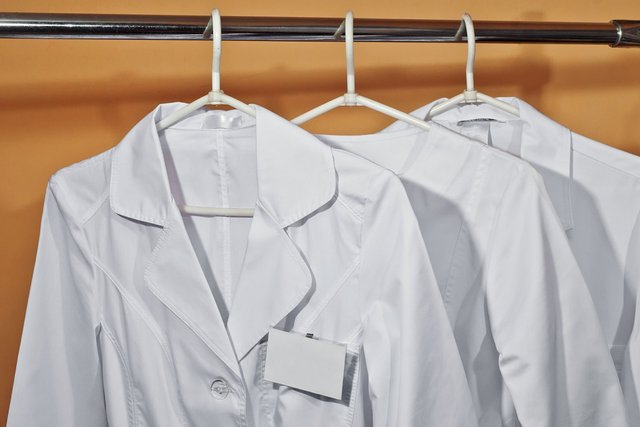
WHEN COVID-19 HIT Seattle, Anzela Niraula worried about the bus. Public transportation during a viral pandemic is less than ideal. How, the 32-year-old postdoctoral scholar wondered, would she get to work at the University of Washington, several miles away? She had no car or bike, so she walked, adding an hour to her commute each way.
Next, Niraula worried about her mice. To study how the brain controls feeding and metabolism in people, her research relied on caring for a cohort of 150 mice, which she fed an especially greasy diet for five months before collecting their brain cells and studying them under a microscope. Yet in early March it became clear that in a few days her lab, like most other labs at the university and others like it across the country, would be shut down for weeks, maybe months. Who would maintain the mice? In the rush, Niraula had to sacrifice a fifth of her cohort and flash-freeze their brains, ruining the cells she needed to study. The rest were saved for use in other studies. Five months of research, down the drain.
That made her worry about her funding. Come to think of it—she wasn’t sure what was going to become of the money that paid her salary and kept her postdoctoral research afloat. A large nonprofit health organization, not the University of Washington, was funding her research on obesity and vascular disease. She’d heard of researchers losing similar funding since Covid-19 struck, but she didn’t know anything about the status of her money for 2021. “Usually the process is a feed-forward loop,” she says. “You get one grant, generate data, then apply for another grant using that data you’ve gathered.” Without grant funding, the dominos can’t fall in the way that young researchers need them to: no funding, no papers, no new grants, no career.
Then she read the news that international students might be forced to leave the country. In June, President Donald Trump temporarily suspended new H-1B visas, blocking hundreds of thousands of international workers, including scholars and researchers, from entering the country until at least the end of the year. (Some postdoctoral scholars use the H-1B visa, which is a work visa, to live and research in the US after they’ve earned their PhD.) In July, Immigrations and Customs Enforcement officials announced that they would bar international students from the country if they chose to participate only in online courses, which is what many universities are offering during a pandemic that’s now killed over 170,000 people in the US. That directive was withdrawn after a successful court challenge by Harvard and MIT. But the H-1B suspension remains, and Niraula, who was born in Nepal and came to the US for college, worries about the status of her Optional Practical Training (OPT) visa, an extension of the F-1 student visa. Could it be the next type to be suspended? “The main fear comes from all the uncertainty,” she says.
Covid-19 couldn’t have come at a worse time for a generation of young scientists like Niraula. This fall, precisely as tens of thousands of PhD students and postdoctoral researchers enter a narrow, high-stakes window to learn hands-on skills, secure funding, build lasting relationships with their mentors, and establish long-term careers, they instead find themselves quarantining at home without a clue what the future holds. Their situations vary by university, degree, and program, but their concerns are shared. Funding is tenuous. Access to labs where they will be mentored and prove themselves is in short supply. The job market is rough. Postdocs who’ve already found a lab where they’ll continue their research worry about job security. International students and academics, who according to the National Science Board make up about half of the academics and a third of the science and engineering workers across the US, worry about their visa status. Gender gaps yawn wider than ever. Stress and fear run high